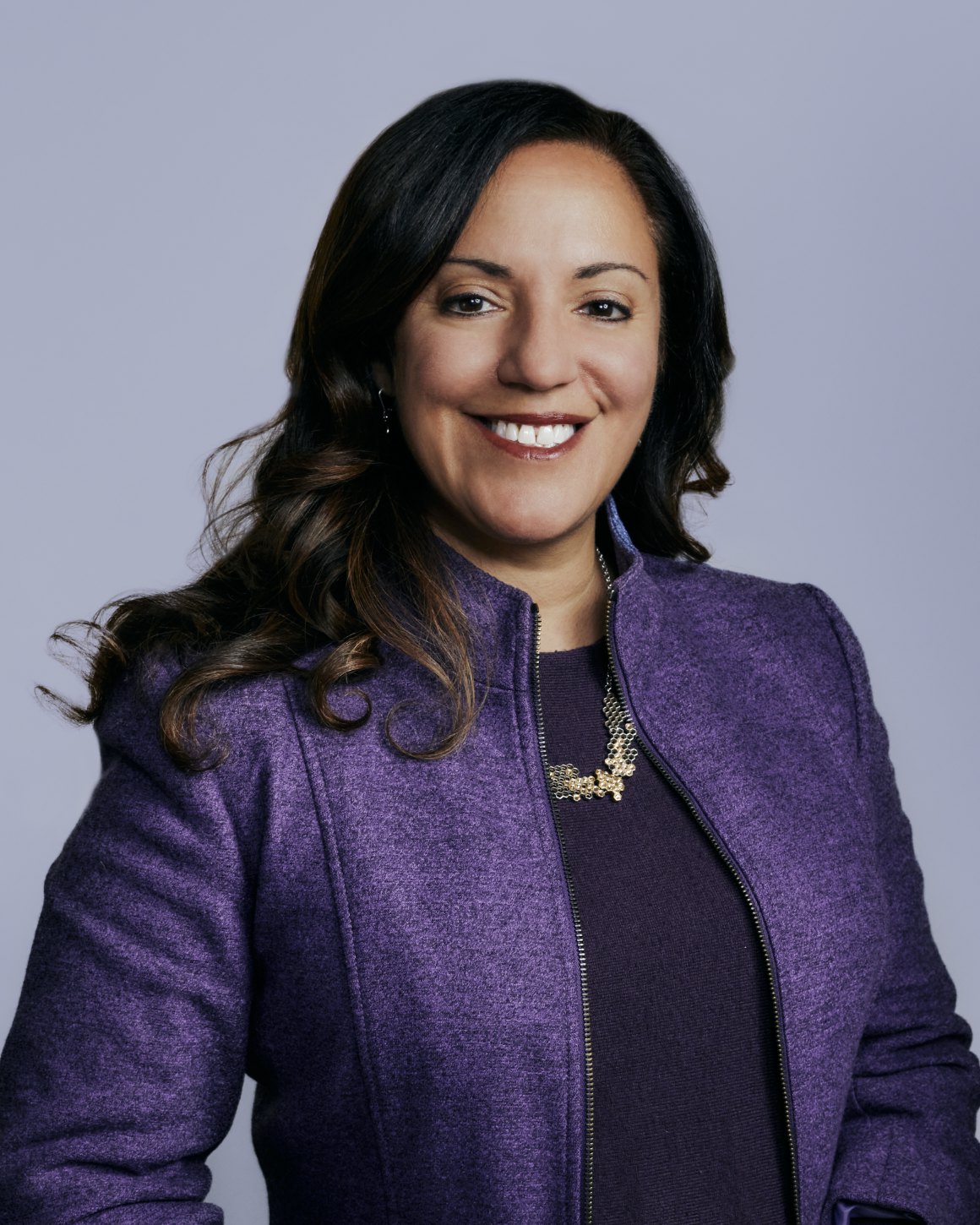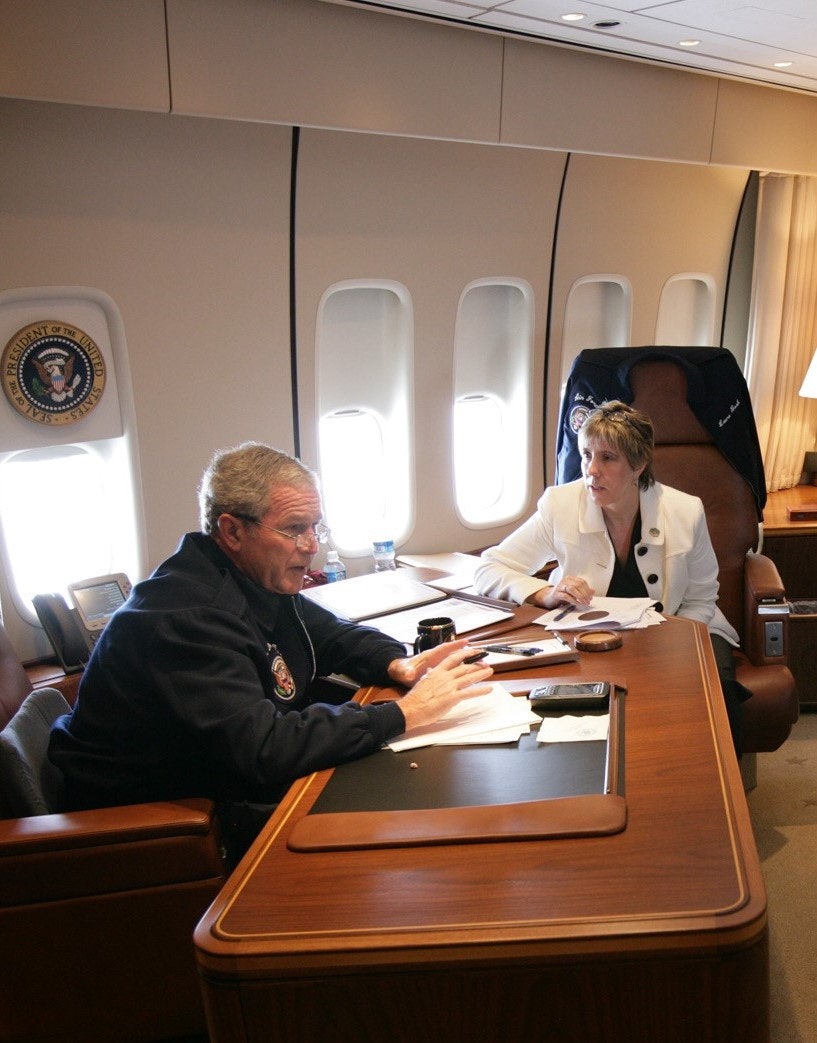As the new school year begins, we’re pleased to feature Jessica Morffi as this month’s Blue Goose headliner and spotlight her journey at the intersection of policy, strategy, and implementation. From her time as a policy advisor in the Office of Elementary and Secondary Education at the U.S. Department of Education to her role as Deputy Chief of Staff at Houston ISD, Jessica has consistently led with clarity, humility, and a deep respect for the realities on the ground. Her experience spans national advocacy as VP of Federal Affairs for the National Alliance for Public Charter Schools and local innovation, including helping Houston secure its District of Innovation designation. Now, as she looks ahead to her next chapter, Jessica is drawn to mission-driven environments where bold ideas meet thoughtful execution – spaces that value equity, embrace complexity, and are ready to build something meaningful from the ground up.
Q: During your time at the Department of Education, what leadership lesson did you learn in working across state and federal lines that still guides your decision-making today?
One of the most formative chapters in my career was my training years working with such an incredible team at the Department of Education during implementation of No Child Left Behind. One lesson that’s really stuck with me from my time at ED is how essential it is to lead with clarity and humility, especially when navigating between federal policy and the real-world needs of states and districts, and ultimately, the policy’s effects on students. Even the most well-intentioned policy falls short if it isn’t clearly communicated or flexible enough to meet local realities.
That experience shaped everything that came after – working in Washington, D.C.’s Office of the State Superintendent of Education during Mayor Adrian Fenty’s term, improving college access and success at the College Board, and advocating for expansion of charter schools at the National Alliance for Public Charter Schools. Strategy only works if it’s grounded in the real world. Communication only builds trust if it’s honest and transparent. Teams only move forward when they feel supported and aligned.
Federal policy can set the stage but the real impact depends on local leadership and a shared commitment to go beyond the bare minimum. When everyone understands the “why” and feels empowered to shape the “how,” even the most complex or politically sensitive work becomes an opportunity for real progress.
Q: You played a key role in Houston’s District of Innovation designation. What strategies helped build consensus among stakeholders in such a complex political environment?
Helping lead HISD’s effort to become a District of Innovation was one of the most challenging projects of my career. Houston is a city with a deep history of civic engagement and community activism. From day one, we knew we couldn’t just push a plan through. I focused on bringing people in, versus shutting them out.
We focused on what matters most: relationships, trust, compromise and timing. We partnered with respected local leaders to help shape the conversation, kept board members and officials closely briefed, and addressed concerns early before they had a chance to turn into opposition. We were also thoughtful about the flexibilities we proposed enacting; focusing on just a few key policies that were most important to drive impact for students and teachers. We invited real public feedback, not just as a formality, but as something that genuinely contributed to the final plan to show the Administration’s commitment to responding to the public.
In the end, this was a major early win for the Administration. Texas had offered these flexibilities since 2015, but Houston’s students, families and educators hadn’t been able to benefit until January 2024. It was a great reminder: when you take the time to build trust, listen deeply, and lead with clarity, even the most complex and politically sensitive work can move forward.
Q: How did your federal experience help you navigate the challenges of local governance and school board engagement in Houston?
My time in federal roles really shaped how I approached the work in Houston. It gave me a deep understanding of how power, accountability, and trust all come together and collide in public education.
I spent my career working with both state and federal leaders, so I came in understanding how to navigate oversight, interpret policy in a way that actually works on the ground, and keep people aligned even when the stakes and the pressure were high.
That perspective helped me anticipate what the board and other local stakeholders might need to feel confident in a decision—whether that was clearer data, better context, stronger evidence, or just the space to ask hard questions. It also helped me coach internal teams to not just focus on what we were doing, but why it mattered and how we communicated it. Especially in a district as large and complex as Houston, that kind of clarity and connection made a big difference.
I suppose my time in Texas was inevitable; it became a defining part of my personal and professional journey. All my time working alongside no-nonsense, independent Texans nationally who were as resilient as they were generous provided the training I needed to contribute there early on.
Q: Throughout your career, you’ve worked with both national policymakers and on-the-ground practitioners. What are the keys to bridging those worlds effectively?
The key is respect, transparency and understanding. Policymakers usually have good intentions and want to support the field, but they’re often too removed from the day-to-day realities of classrooms and district offices. On the flip side, educators and system leaders are doing incredibly hard, hands-on work, but they don’t always have the time or platform to share what’s actually happening wholistically.
My focus is always to meet both sides where they are. That means listening closely, building trust, and then translating turning policy into something practical, and turning local insights into something that can shape broader decisions. It’s not just about bringing people together once. It’s about creating real, ongoing relationships that let good ideas work across systems and actually stick and create results.
Another key that can’t be ignored is working on dynamic teams of smart, passionate and tactical individuals that not only draw the best out of people but create the ecosystem, incentives and workplace culture that supports driving collaborative work.
Q: As you consider your next chapter, what kind of impact are you hoping to make—and what kind of leadership context do you see yourself thriving in next?
Leaving Houston was hard, but ultimately, I am a builder and ready for my next challenge. I’m drawn to opportunities where an organization is seeking to create significant change and may not know where to start. I love that space; figuring out how to turn an idea into a strategy, and then getting results. I’ve worked in big systems and led small, scrappy teams but where I really thrive is in entrepreneurial, mission-driven environments that care deeply about equity and are willing to take smart risks.
Earlier in my career, I believed data alone could drive change. I’ve since learned that relationships, trust, and listening matter just as much; maybe more. If we’re not meeting people where they are and working with them, not around them, we miss the opportunity for real, lasting outcomes.
I’ve spent my career moving between policy, strategy, and implementation, and now I want to bring that full toolkit to a space that’s ready for bold, thoughtful leadership. I’m also thinking more and more about how I can help create solutions that bridge divides—cross-partisan, real-time, and grounded in what actually works. That’s the kind of impact I want to make next.



























